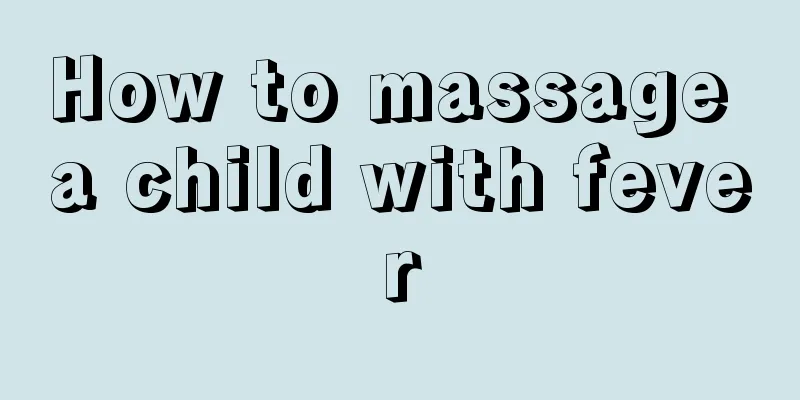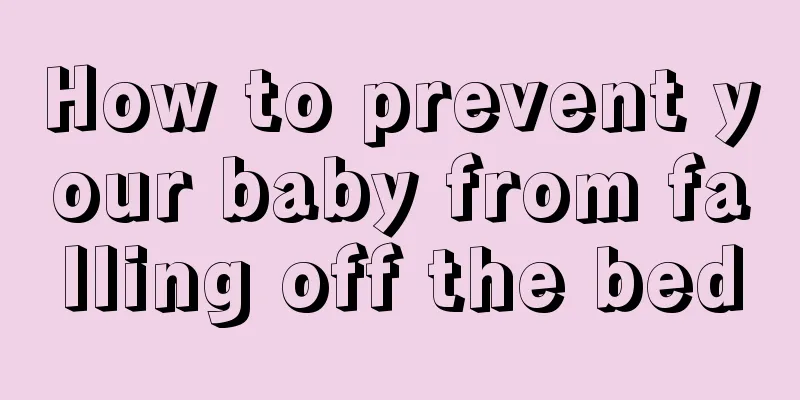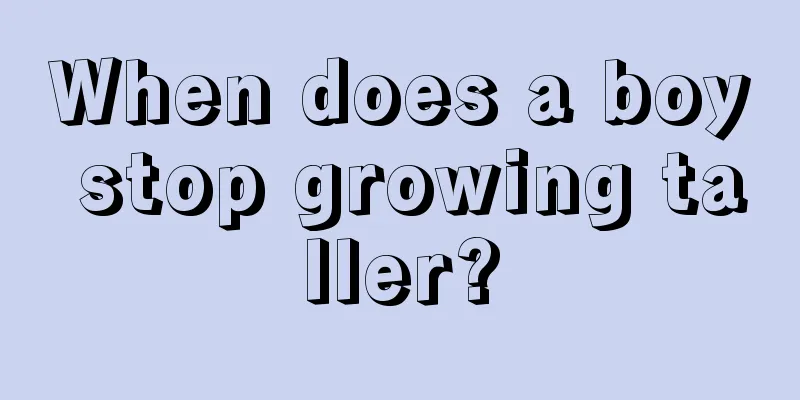How to massage a child with fever

|
Children's physical health can easily be affected by many adverse factors, which can hinder their physical development and bring great sadness to their families. For example, respiratory tract infection is a common disease among children, which can seriously reduce children's resistance and threaten their life safety. There are many types of respiratory tract infections, and upper respiratory tract infection is the most common. Let’s take a look at what causes repeated upper respiratory tract infections in babies. Recurrent respiratory infection (RRI) is a common disease in pediatrics, with an incidence of about 20%, which seriously affects the healthy growth of children. It is generally recognized that low immunity in children is the main pathogenic factor, and there are also literature reports that it is related to the reduced concentration of trace elements such as serum zinc and selenium. Depending on age, potential causes and locations, recurrent respiratory tract infections are divided into recurrent upper respiratory tract infections and recurrent lower respiratory tract infections, the latter of which can be further divided into recurrent bronchiolitis and recurrent pneumonia. The specification of the infection site is conducive to analyzing the cause and taking appropriate treatment measures, and the emphasis on recurrent upper and lower respiratory tract infections, especially recurrent tracheobronchitis and recurrent pneumonia is to distinguish infectious inflammation from allergic inflammation. 1. Causes Infants and preschool children who mainly suffer from recurrent upper respiratory tract infections are often related to improper care, the initial stage of admission to childcare institutions, lack of exercise, migration of residence, passive inhalation of smoke, environmental pollution, lack of trace elements or unreasonable combination of other nutrients; some are related to chronic lesions of the nasopharynx, such as rhinitis, sinusitis, enlarged tonsils, enlarged adenoids, chronic tonsillitis, etc. 2. Handling Principles 1. Find the causative factors and treat them accordingly. For chronic lesions of the nasopharynx, please ask the otolaryngology department to assist in diagnosis when necessary. Since most upper respiratory tract infections are viral, antibiotics should not be abused; 2. Pay attention to nutrition and eating habits as well as guidance on how to improve physical fitness; 3. Proper care; 4. Develop good hygiene habits and prevent cross infection; 5. Targeted immunomodulators should be given when necessary. |
<<: How long does it take for a baby to recover from bloating?
Recommend
What should I do if my child has a high fever of 39 degrees?
When a child has a high fever of 39 degrees, he m...
Can children with roseola be exposed to the wind?
Roseola infantum is most common in babies aged si...
What to do if your child has phimosis
It is quite common for children to have phimosis ...
What should I do if my baby has a runny nose and cough?
Coughing is a very common condition in babies, es...
What medicine should be used for athlete's foot in a 7-year-old child
Athlete's foot is a common foot skin disease ...
Can babies watch TV? Parents must pay attention!
When children reach a certain age, they will star...
Why does my child keep clearing his throat?
Clearing the throat is a common sight in everyday...
What are the children's spleen and stomach soups?
The problem of stomach pain has brought great tor...
Symptoms of drug overdose in babies
Children are a special population because the inc...
Is it OK for kids to take cold showers?
Taking a bath is a must for everyone in daily lif...
Why does a child sweat on his forehead when sleeping? Uncover the real reason
It is very common for children to sweat a lot whe...
Superstitious methods for children crying at night
Children's physical development is not yet co...
Causes and treatment of neonatal seizures
A seizure is a temporary disturbance in the funct...
What is the matter with a five-month-old baby sucking his fingers?
Sucking fingers is an action that every baby will...
What medicine is good for children's nosebleeds? Finding the cause is the most important
Sometimes children will have nosebleeds for no re...









